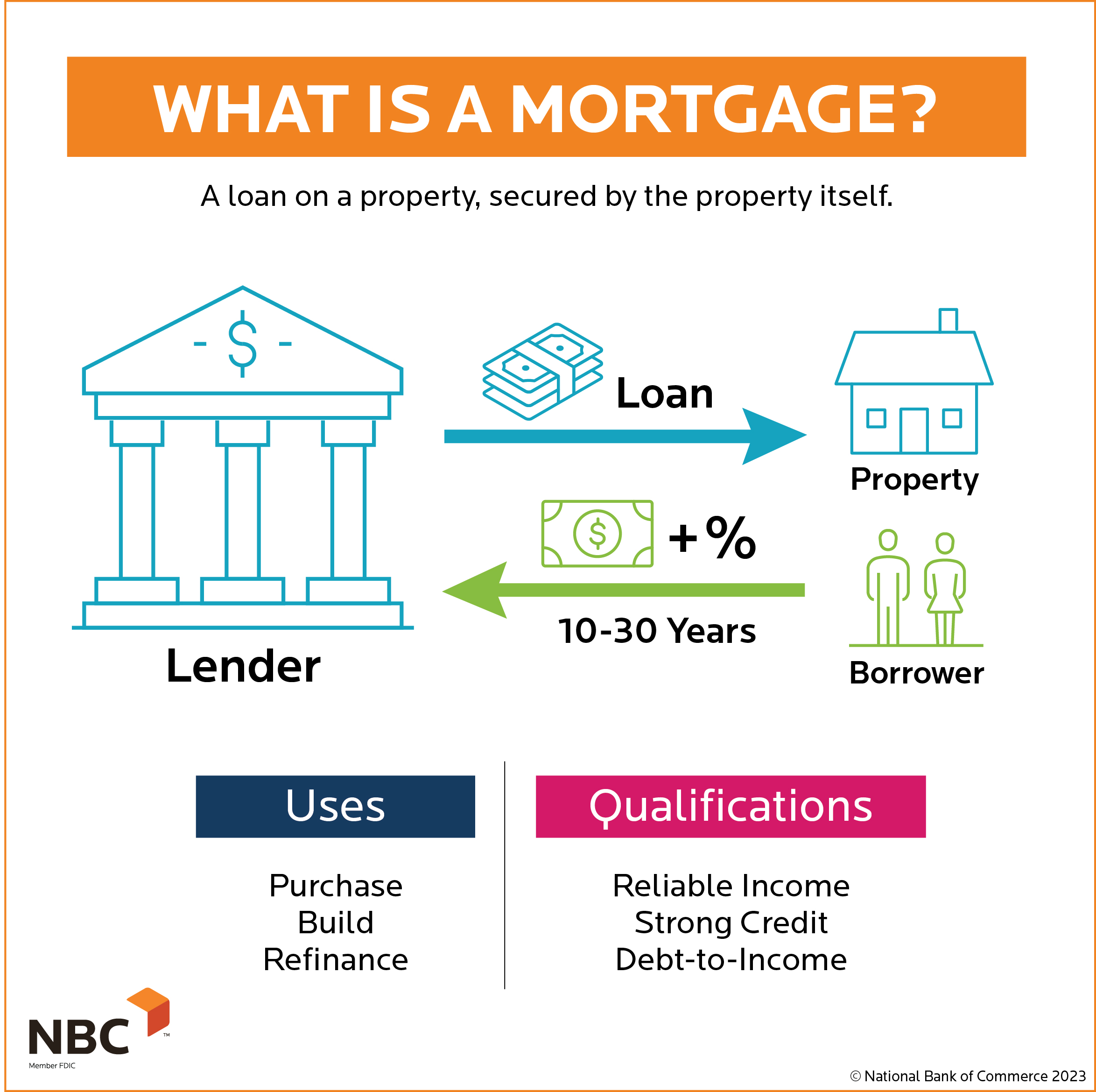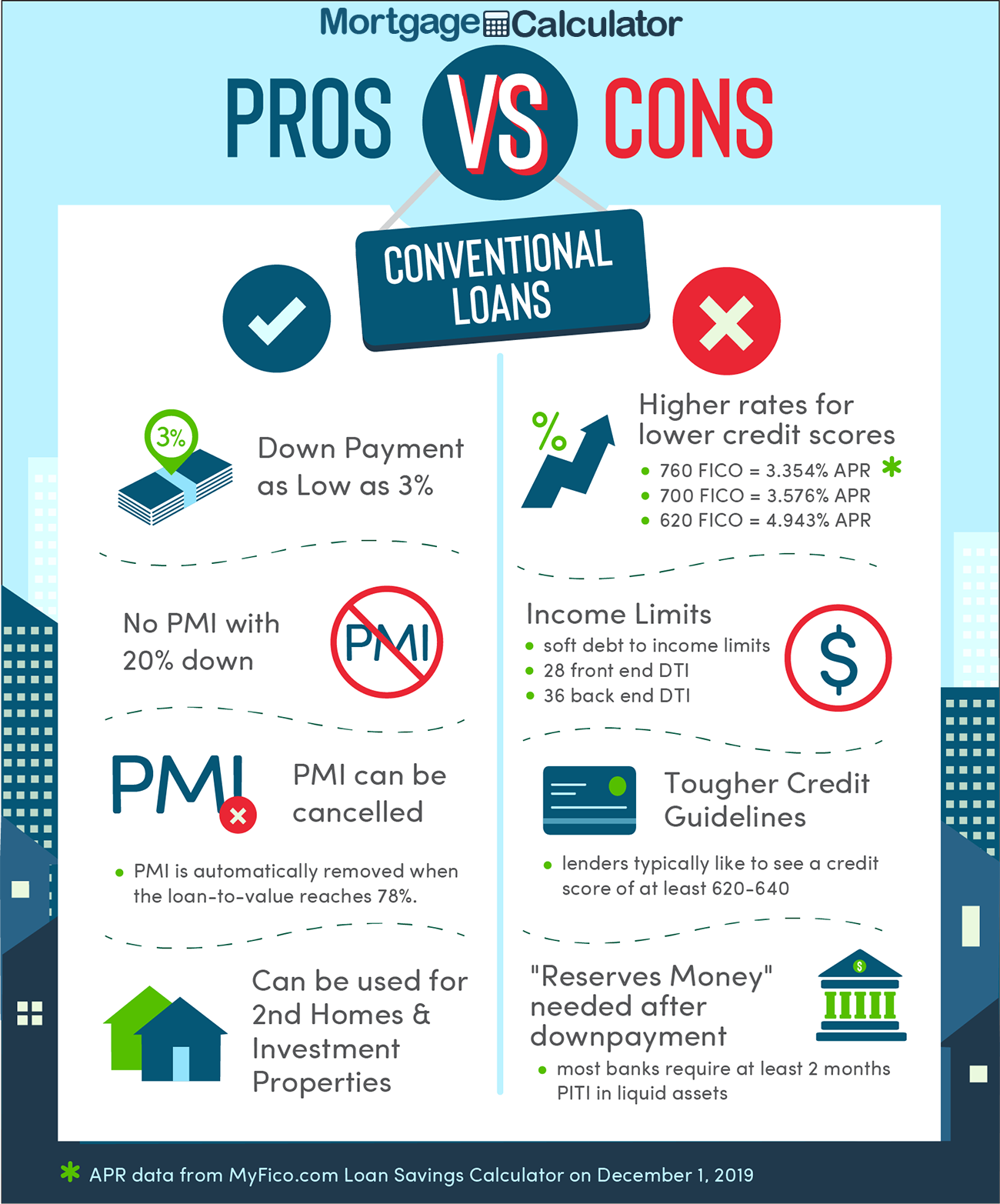Maximize Your Homebuying Prospective with Conventional Mortgage Loans
Maximize Your Homebuying Prospective with Conventional Mortgage Loans
Blog Article
The Vital Aspects to Consider When Deciding On In Between Fixed-Rate and Variable-rate Mortgage Loans
When examining home mortgage options, customers encounter a crucial decision between adjustable-rate and fixed-rate loans, each providing distinctive benefits and potential mistakes. Secret factors to consider such as rates of interest stability, predictability in regular monthly repayments, and the effects of potential price adjustments can significantly affect long-term monetary health and wellness. Recognizing the awaited period of homeownership and the general expense of borrowing can shape one's approach. As these factors link with specific monetary circumstances and run the risk of tolerance, the implications of this selection might not be as simple as they seem. What nuances should be prioritized in this essential decision-making procedure?
Passion Rate Security
When choosing a home mortgage, comprehending rates of interest stability is vital for informed decision-making. Rate of interest can dramatically impact the general price of a home mortgage, and recognizing the nature of these rates is essential for consumers. Fixed-rate home loans offer the benefit of consistent monthly settlements over the life of the financing, protecting consumers from market fluctuations. This security makes it possible for property owners to intend their financial resources with greater certainty, as they will certainly not be influenced by rising rate of interest prices.
On the various other hand, adjustable-rate mortgages (ARMs) begin with lower preliminary rates that may alter regularly based upon market problems. While this can lead to reduced settlements originally, it also introduces uncertainty, as borrowers may deal with boosted settlements if rates of interest rise. For those thinking about an ARM, it is crucial to analyze the likelihood of price changes, the potential for repayment boosts, and the length of the preliminary fixed-rate period.
Ultimately, the option in between adjustable-rate and fixed-rate home mortgages hinges on individual risk resistance and economic scenarios. Comprehending rate of interest rate stability aids debtors make notified decisions that align with their lasting monetary goals.
Month-to-month Settlement Predictability
While debtors typically prioritize rate of interest stability, the predictability of monthly repayments is similarly important in the home mortgage choice process (Conventional mortgage loans). Month-to-month repayment predictability plays an important role in budgeting and monetary preparation, as it directly influences a house owner's capital and general economic health and wellness
Fixed-rate mortgages use a constant monthly repayment throughout the life of the funding, allowing debtors to anticipate and prepare their expenses successfully. This stability can be especially advantageous for newbie homebuyers or those on a fixed revenue, as it eliminates the unpredictability linked with varying settlements.
Conversely, adjustable-rate home mortgages (ARMs) usually include lower preliminary settlements that can change gradually, leading to prospective variability in regular monthly commitments. While initially attractive, this changability can make complex economic preparation, specifically if borrowers do not account for future price modifications.
Prospective Price Adjustments
In the world of adjustable-rate mortgages (ARMs), prospective rate modifications stand for a significant element that consumers should meticulously take into consideration. Unlike fixed-rate mortgages, where the rate of interest remains unchanged for the life of the financing, ARMs are characterized by fluctuating interest rates that are tied to market indices. This variability can lead to substantial changes in monthly payments, influencing the borrower's economic preparation and budgeting.
Consumers need to be conscious of the margin and index used to compute these modifications, as they straight affect future passion rates. Additionally, ARMs usually include caps that restrict exactly how much the passion rate can raise at each modification and over the life of the car loan, which can provide some level of defense versus drastic rate walks.
Comprehending these potential modifications is essential for consumers, as they directly influence long-term settlement obligations. Consequently, evaluating individual financial scenarios and risk tolerance is essential when determining whether an ARM aligns with one's economic objectives.
Loan Term Considerations
Finance term considerations play a critical function in the decision-making procedure for borrowers selecting in between adjustable-rate and fixed-rate mortgages. The size of the financing term considerably affects month-to-month settlements, rate of interest, and general economic preparation. Fixed-rate mortgages normally supply terms of 15 to three decades, providing security in monthly payments and predictability in budgeting. This can be particularly appealing for consumers that prepare to remain in the exact same home long-term and prefer the certainty of fixed repayments throughout the life of the loan.

Inevitably, consumers have to examine their personal circumstances, economic goals, and market conditions when considering the ramifications of funding term choices within each mortgage kind.

Total Expense of Loaning
The general cost of loaning is an essential aspect that can considerably affect a customer's selection between adjustable-rate and fixed-rate mortgages. Fixed-rate home mortgages offer foreseeable monthly repayments, as the rates of Web Site interest continues to be constant throughout the finance term. This predictability can result in reduced overall expenses, specifically in a stable or decreasing rates of interest setting. Borrowers can budget plan effectively, recognizing their payments will not rise and fall.
Conversely, variable-rate mortgages (ARMs) normally start with reduced first prices, leading to lowered ahead of time expenses. These prices can raise after a first duration, leading Find Out More to possibly higher long-lasting costs. Customers should think about the frequency and extent of rate adjustments, as well as the overall car loan duration, to precisely evaluate the financial implications.
Furthermore, the general price of loaning encompasses not only rate of interest but also costs and various other connected costs, such as shutting expenses and insurance coverage (Conventional mortgage loans). As a result, when examining home loan options, consumers must carry out a complete cost evaluation over the life of the finance. By doing so, they can make an educated choice that lines up with their more financial objectives and run the risk of resistance
Final Thought
In conclusion, picking between adjustable-rate and fixed-rate mortgage demands cautious factor to consider of a number of essential aspects. Rate of interest security and regular monthly payment predictability are vital for effective budgeting, while the potential for price changes in ARMs presents monetary uncertainty. Furthermore, the expected period of homeownership and the overall expense of loaning, consisting of rate of interest prices and linked fees, need to straighten with individual financial scenarios and risk tolerance. Such a detailed evaluation will help with educated decision-making in home mortgage option.
Secret considerations such as rate of interest rate stability, predictability in monthly payments, and the implications of potential price changes can dramatically influence lasting economic wellness. Rate of interest rates can substantially affect the overall cost of a mortgage, and recognizing the nature of these rates is vital for debtors. Unlike fixed-rate home mortgages, where the passion price stays unmodified for the life of the funding, ARMs are identified by changing interest prices that are connected to market indices. Furthermore, ARMs typically include caps that limit exactly how much the rate of interest rate can boost at each modification and over the life of the funding, which can offer some degree of security against drastic price hikes.
Passion rate stability and month-to-month repayment predictability are critical for reliable budgeting, while the capacity for rate adjustments in ARMs introduces economic uncertainty.
Report this page